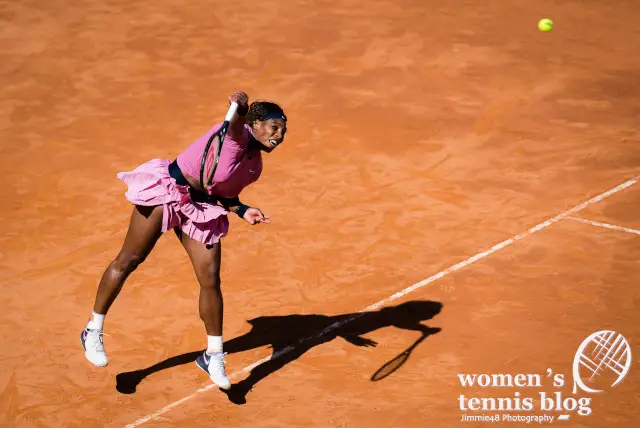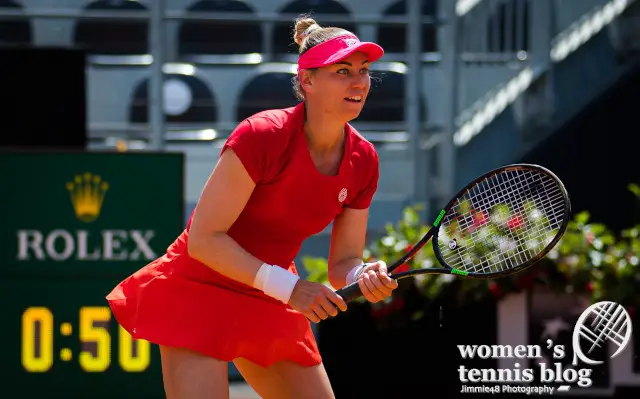For many reasons, it’s no surprise that the average tennis retirement age of players has increased drastically over time, but to what extent does gender play a role in prolonging one’s career?

The advancement of sports medicine and technology, as well as the development of best practices in terms of tennis technique and training exercises has led to a surge in the average retirement age across both the ATP and WTA tours. Of course, there are plenty of factors that go into why players retire when they do, and it often goes beyond just growing older.
Most common factors for tennis retirement
As one would expect, the main reason for players retiring at any given point is due to the inability to continue playing, whether that is due to physical or mental limitations, the player decides they will no longer continue regardless of if they want to or not. Without a doubt, the most common time period for tennis retirement to take place is within the aftermath of one’s career peak. More precisely, it takes place at the point when the player’s declining performance is met with their inability to no longer compete against the players they would like to, and this decision is usually made at the player’s discretion.
When a player’s performance starts declining, it’s typically related to physical issues such as an aging body, underlying health complications, and minor and major injuries. In some cases, the decision for tennis retirement is made by an external force such as a medical professional who informs them of the risk of compromising the quality of their life outside of tennis should they force their careers to go on. In more rare cases, such as that of 22-time Grand Slam champion Steffi Graf, players will retire simply because of a lack of motivation for the sport or “burning out.”

How about gender?
Everyone peaks differently in their tennis careers, but there is also a notable trend between the peaks of male and female tennis players. On average, women will experience the peak of their careers earlier than men at around 20-21 years of age. Contrastingly, men will reach their career highs at about 23-24 years old. Keep in mind, the age for turning pro remains fairly equal for both ATP and WTA players. A classic example of the early peak of women tennis players is the case of Monica Seles, who was able to win eight Grand Slam titles before turning 20.
As far as gender goes, while it remains true that the differences in career peaks combined with the similarity in the “turning pro” age between men and women do tend to make women retire earlier than men (not to mention maternity leave), the sport itself may also be playing a factor in balancing things out. Specifically, I am referring to the fact that women play best-of-three matches in Grand Slam tournaments while men play best-of-five. While that concept continues to be a center for much debate, we could say that these rulings do the job of helping women to prolong their comparatively shorter and more disrupted careers to more closely match that of men’s tennis.
The success factor
As you would expect, an earlier peak would imply an earlier retirement, so naturally, women would retire earlier than men if they also peaked earlier. Interestingly enough, however, the current oldest active players on the ATP and WTA tours are made up of more women than men. Venus Williams currently takes the top spot at 41 years of age followed by Roger Federer and Serena Williams both at 40 years old. Former women’s world No.2 Vera Zvonareva also makes the list at 37 years of age and still going strong.

One can’t help but make a connection here as we see the Williams sisters along with Federer breaking down the barriers and preconceptions surrounding retirement. These three players all have in common a former status of being the world No.1 at some point as well as being some of the greatest players of all time. Hence, it could well be the case that players are more likely to postpone their retirement if they have an incredible legacy behind them that simply begs for “one more Grand Slam” or “one more career title” as opposed to those with a greater mountain to climb before reaching similar levels of global recognition and legendary status.
Final thoughts…
To sum things up, I would say that gender does indeed play a role in determining when a player retires from tennis simply because it also determines when they peak. However, I would argue that a greater factor contributing to tennis retirement is how successful a player is throughout their career. As we’ve seen through numerous examples, players who have had greater success in the sport are more likely to play well into their mid-to-late 30s and even 40s as we are witnessing today.
It is an unfortunate reality of professional tennis to realize that lower-ranked players, particularly those outside the Top 100, really do have it tough when it comes to keeping their careers alive. For many players, tennis retirement is simply a result of not being able to pay the bills or make a living from the sport. On the other hand, the sheer difficulty to make it big is also what pushes players beyond their limits and makes tennis a truly appealing sport to the rest of the world.







No man retires because his biological clock is ticking. Women players are always aware they must make the huge decision of when to start their family. It has just been during the past decade a few women have decided to start their families and come back to play professionally after having their baby and for a very few multiple babies. It is very difficult to play at a high level after a year away from the tour. This is the big difference of retirement between men and women.
Vera and Venus are still playing by far